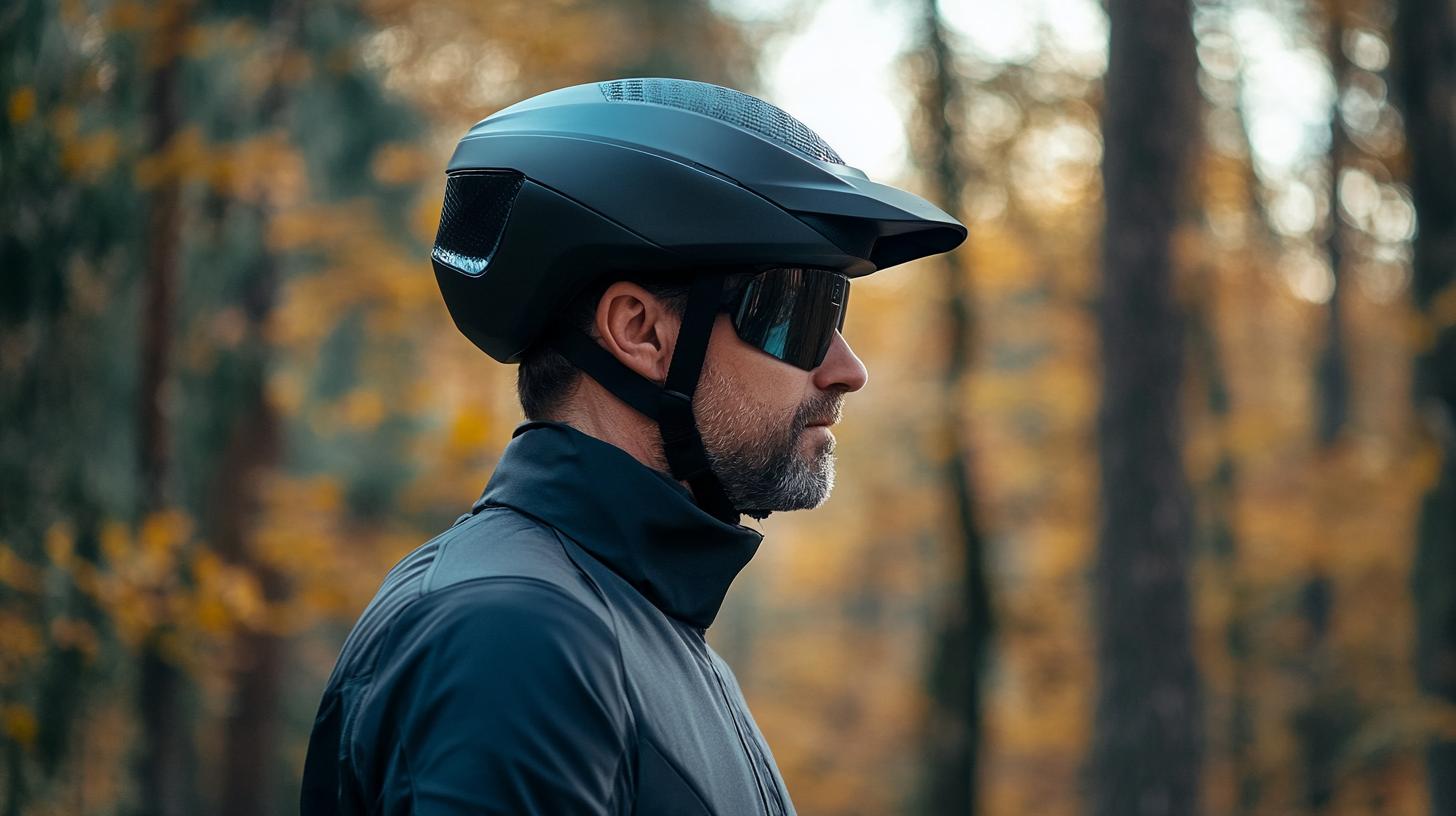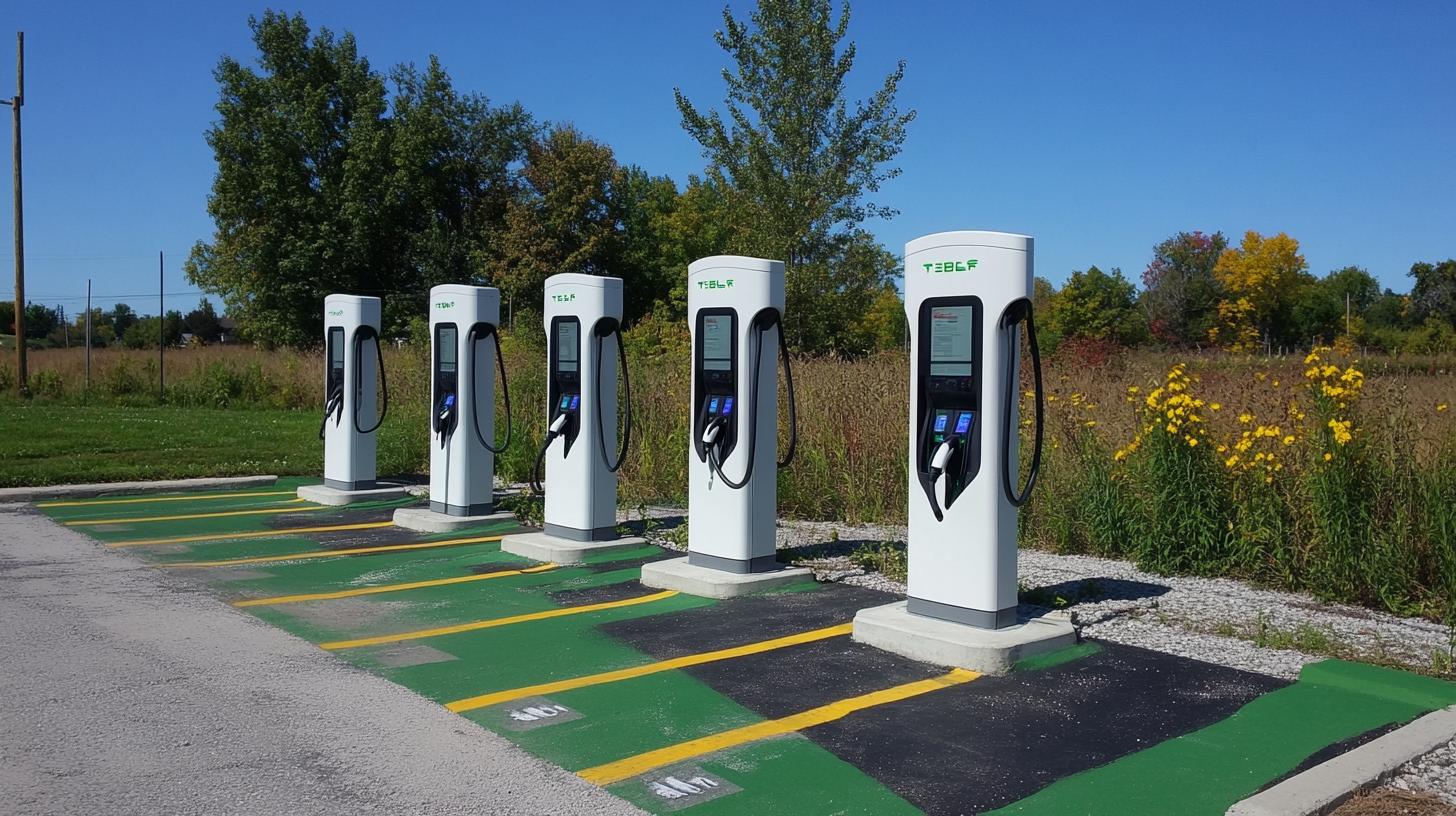Challenges of E-Bike Legislation
The landscape of e-bike regulations is diverse and complex across the southwestern states. With no standardized laws governing e-bikes, individual districts and cities are left to navigate the legal maze independently. In contrast to New Mexico’s struggles with e-bike legality, other states in the region have taken innovative approaches to embrace e-bike culture.
Transitioning Perspectives
Gone are the days of restrictive bans on e-bikes in certain areas. Forward-thinking jurisdictions are recognizing the benefits of e-bikes and revisiting their initial stance. As the e-bike movement gains momentum, cities like Santa Fe have seized the opportunity to adopt progressive legislation permitting e-bike access, setting a positive precedent for other regions to follow suit.
New Frontiers of Access
While some areas remain entrenched in outdated prohibitions, there is a growing dialogue about expanding e-bike access to previously restricted trails. The shift towards inclusivity is evident as trail systems in the Northern foothills open up to e-bike enthusiasts, breaking new ground and fostering a more diverse outdoor recreation community.
Opportunities for Collaboration
Rather than erecting barriers, collaborative efforts between stakeholders are crucial in shaping the future of e-bike regulations. By engaging in productive conversations and seeking common ground, jurisdictions can work towards a harmonious coexistence between traditional cyclists and e-bike riders, fostering a culture of mutual respect and shared enjoyment of the trails.
Embracing a Dynamic Landscape
The evolving e-bike landscape in the southwestern states reflects a broader shift towards embracing technological advancements in outdoor recreation. As attitudes towards e-bikes continue to mature and adapt, there is an opportunity to create a more inclusive and sustainable trail network that caters to the diverse needs and preferences of outdoor enthusiasts.
Addressing Unforeseen Challenges in E-Bike Regulation
The evolution of e-bike regulations in the southwestern states is marked by a series of complex challenges and considerations that have come to light as the industry continues to grow and diversify. While progress has been made in certain areas, there are important questions that remain unanswered in shaping the future landscape of e-bike usage across different jurisdictions.
Key Questions:
1. What safety measures are in place to ensure the integration of e-bikes into existing cycling infrastructure?
2. How can e-bike regulations be standardized across state lines to avoid confusion for riders traveling between different regions?
3. Are there specific speed limits or age restrictions that should be imposed on e-bike riders to maintain harmony with traditional cyclists?
4. What role should manufacturers play in ensuring their e-bikes adhere to regulatory standards to enhance rider safety?
5. How can enforcement mechanisms be improved to address instances of non-compliance with e-bike regulations?
Challenges and Controversies:
One of the significant challenges associated with e-bike regulations is the lack of uniformity in laws and definitions across the southwestern states. This inconsistency can lead to confusion among riders and enforcement authorities, potentially compromising safety and adherence to regulations. Controversies may arise regarding access to certain trails or public spaces, with disagreements between traditional cyclists and e-bike riders over usage rights and environmental impacts.
Advantages and Disadvantages:
Advantages of evolving e-bike regulations include promoting sustainability by encouraging eco-friendly modes of transportation, expanding accessibility to outdoor recreation for individuals with varying physical abilities, and fostering innovation in the cycling industry. However, disadvantages may surface in the form of potential conflicts between user groups, challenges in enforcement and compliance, and concerns regarding trail maintenance and preservation.
Related Links:
Visit Bicycling.com for more insights on cycling regulations and trends
Explore PeopleForBikes.org for advocacy and resources related to e-bike policies
























